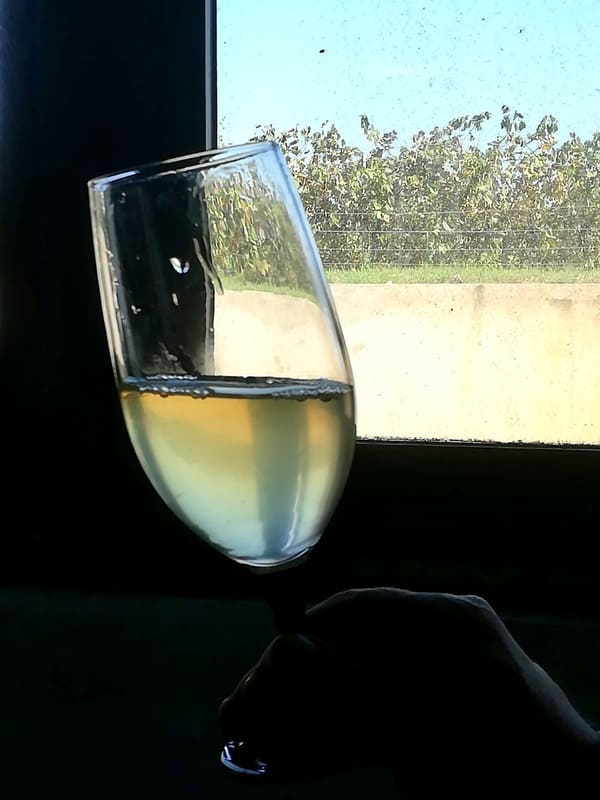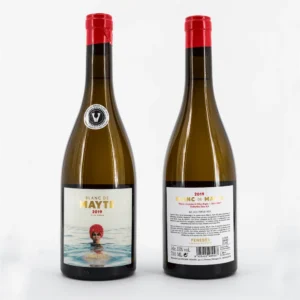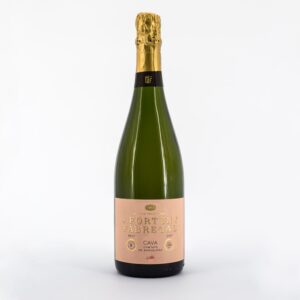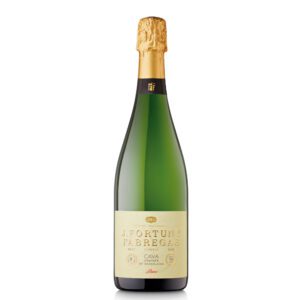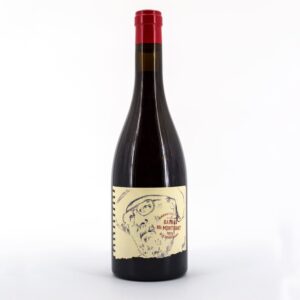All the passion, commitment and perseverance of this family,
the essence of this project, is evaluated here, in the winery.
All the work done, sometimes over many years, to make a plot exceptional, all the work of a year to bring up a harvest of the best quality and a very careful and planned harvest, requires a final effort to preserve all the personality of this fruit and transmit it to the wine… to our wine.
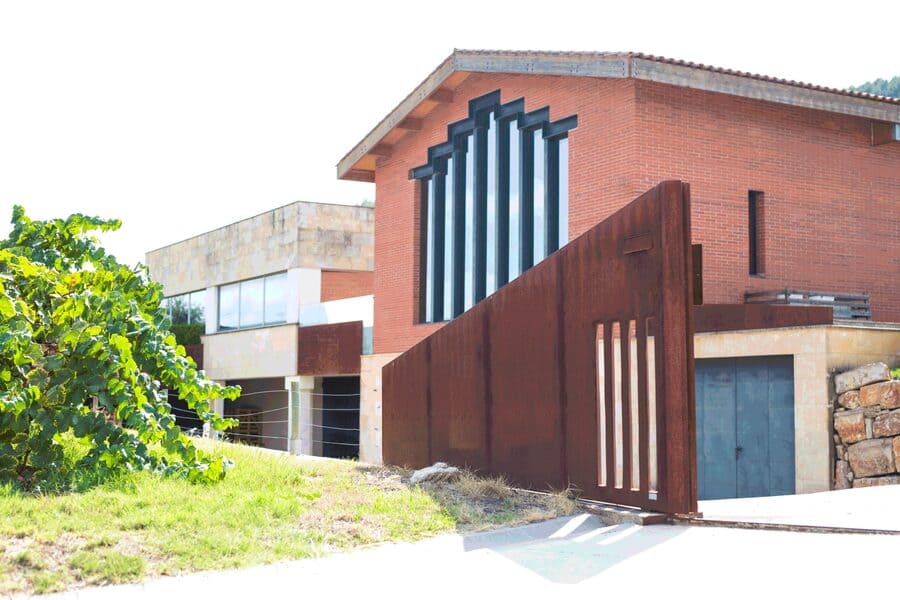
Reception of bunches and selection
The fresh grapes arrive in boxes, are weighed and immediately passed to a selection table to check that the grapes arrive with the desired quality and health. On leaving the table, carbonic snow is added in pellet form to keep the wine cold, but above all to displace oxygen throughout the pressing process.
Destemming and crushing of the grapes
The destemmer carefully separates the stalks, the part of wood that binds the grape berries together. Care must be taken to prevent the grain and skin from breaking. Once the grapes have been destemmed, the berries fall by gravity onto two rollers that squeeze and crush them, extracting the so-called Flor or Lágrima must. This must is the best possible must we can have to make a good wine. This whole process is carried out without oxygen.
Press
All the must Flor together with the crushed grape berries enter the press where they will macerate for a while. Always cold and without oxygen. Then a minimum pressure to separate the must Flor from the skin and pulp and directly to the stainless steel tanks, without oxygen and at a controlled temperature.
Fermentation
Fermentation is always carried out at a low temperature, between 14 and 18 degrees maximum to extract the best aromas and always begins in stainless steel tanks. The batches destined for barrels are transferred on the second day of fermentation.
Ageing on the lees
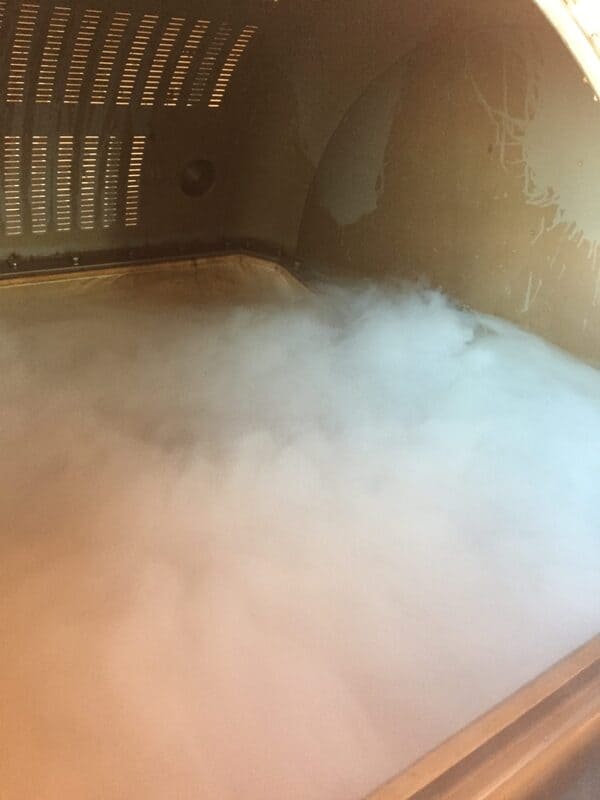
Must after mashing and pressing.
No oxidation of any kind.
